BTB Speaks to
Akhil Nagpal
For AKHL’s Akhil Nagpal,the true potential of Indian craftsmanship can be tapped through their innovation

Written by: Manica Pathak
In recent years, several homegrown labels have spawned a new wave of interest in India’s artisanal inheritance – dominating the country’s fashion scene with designs that favour modern cuts and contemporary styles in lieu of traditional silhouettes. When Blur The Border speaks to Akhil Nagpal, founder and creative director of AKHL, he and his team are amidst unpacking their recent collection. “We are trying to understand what the customer really expects out of the label and evaluating how to introduce new elements to our textiles,” says Nagpal whose label has emerged amongst the crop of designers innovating craftsmanship from a different lens. At AKHL, while structure, form and tactility form the cornerstones of the designs' dramatic cuts and shapes, things are different. "We don't start with a sketch and then find a textile that works for it – it's quite the opposite for us. The qualities of the textile, including its malleability and how we can manipulate or drape it, determine the direction of our silhouettes - That’s our USP," Nagpal explains.
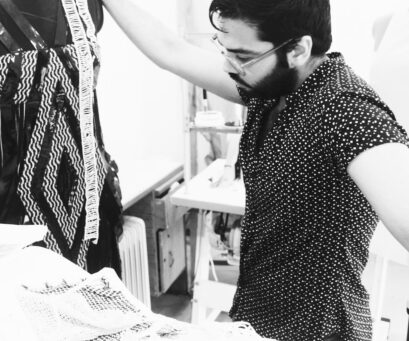
Akhil Nagpal at his first studio, New Delhi, 2020
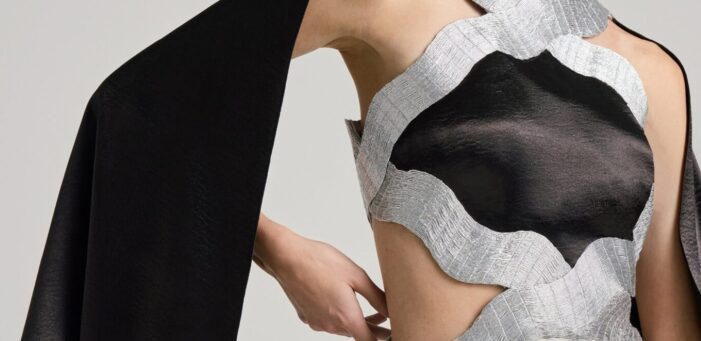
The Wave Form Cutout Column Dress from AKHL's collection Prima Donna FW24
With the prestigious Gen Next recognition and a series of innovative collections to its credit, AKHL’s trajectory as an emerging avant-garde is one that reflects on India’s fashion identity from its current standing. “I was trying to make sense of how Indian fashion can fit into a global dialogue. Why is fashion in New York, London, Paris or Tokyo considered global fashion but Indian fashion is just addressed as ‘Indian fashion’? What are the kinds of limitations and boundaries we have placed on ourselves? Can we do more to have Indian fashion be part of the global dialogue?” Akhil goes on to explain that the local and global appreciation for Indian crafts and textiles- despite the intricate weaving and surface techniques involved in their make - remains confined to the surface.“It's a very orientalist view to box India as a colourful country and relate its artisanal oeuvre to certain motifs only.” he says.
“Why is fashion in New York, London, Paris or Tokyo considered global fashion but Indian fashion is just addressed as ‘Indian fashion’? What are the kinds of limitations and boundaries we have placed on ourselves? Can we do more to have Indian fashion be part of the global dialogue?”
But Nagpal does not imply that traditional aesthetics lack relevance or importance today. “A large market in India appreciates traditional aesthetics and is willing to pay a premium for it. Some designers have even successfully leveraged this part of the market. But while I respect tradition, my approach isn't a traditional one. My focus is more future-oriented, looking at what's next,” says Nagpal, identifying existing gaps as opportunities for his label in the Indian fashion industry while gripping both ends firmly.
This adds to the thought, that while the evocative pieces at AKHL bring to life traditional embroideries such as Aari and Zardozi, they are more radical, steering away from what we are accustomed to seeing. “For me, it's not their surface-level engagement but the techniques and generational know-how that make these textiles and crafts Indian. These techniques have become more complex over generations and you can create them in ten different ways. Our kaarigars have internalised this knowledge and passed it down through generations. If you ask them to alter or adapt a technique, they are incredibly open to it ,” explains Nagpal, delving into the narrative that has found a strong voice in the foundations of AKHL’s collections, including Prima Donna FW24 and Gamma SS24. For such embroidery techniques- originating under the patronage of Mughal emperors in India- the label marries centuries-old artisanal handwork with upcycled monofilament and glass yarns, sourced from fishing villages in Mumbai.

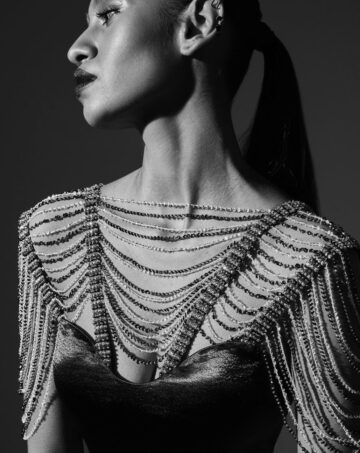
Pieces from AKHL's FW24, Prima Donna
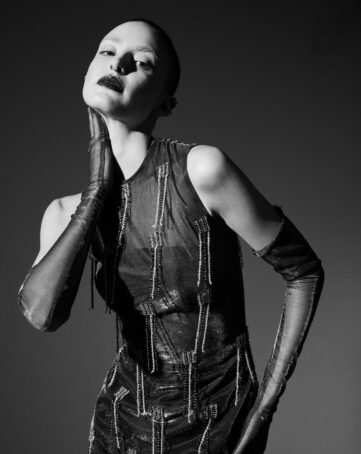
With AKHL’s pieces that have now garnered editorial features, donned well-known celebrities, and now also boast a presence in the Middle East and at luxury retailers such as Harvey Nichols, every start to a story has a purpose. Akhil’s unique take on the country’s fashion and the vigour to reimagine it can be traced to the India he was born in. “My parents witnessed the rise of a liberal, globalised India with access to Western clothing, which I was exposed to. I did not grow up with my mother’s traditional saris- she wore denim skirts and cool Western outfits. So, I am constantly thinking about Indian fashion in an urban context, reflecting its intermingling with global influences.”
That Nagpal’s designs - so thoroughly inspired by an urbanised India- would also host centuries-old techniques is a sensibility that is honed from his professional experience. Working with Indian designers such as Manish Arora and Amit Aggarwal has encouraged a unique outlook on Indian craftsmanship and their innovation—a journey that followed his education at the Central Saint Martins, London, and a brief stint at Peter Pilotto. Here, he observes a contrast between how contemporisation is received in two different worlds. “In India, we are overexposed to our traditional techniques - which sometimes makes it challenging to appreciate or accept new interpretations,” he delves into the country’ where craftsmanship and their sources for innovation thrive in abundance.

The Radiating Sequin Dress
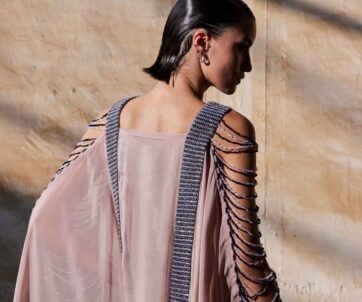
Gold Double Slit Dress

The Arched Nile Dress
“But, in contrast, the worth and value of such craftsmanship are often much higher in the West. Here, handwork is expensive because it needs outsourcing from Indian export houses, as a result of which designers often resort to generic designs and techniques. So, when Western buyers see something novel done with handwork, it stands out significantly. They are willing to pay a premium for the craftsmanship because it breaks away from the cookie-cutter approaches the West is accustomed to,” hints Nagpal, at the continued need for effort from both ends of the spectrum and the importance of supporting new designers who bring fresh perspectives to traditional craftsmanship. “But I feel like the change is happening because many young and established names have opened the door to unconventional textiles. There's Gaurav Gupta, Amit Aggarwal, and Rimzim Dadu - who are a generation before mine and have led the way in breaking into that market and now I feel like we have to carry their legacy forward,” he concludes.